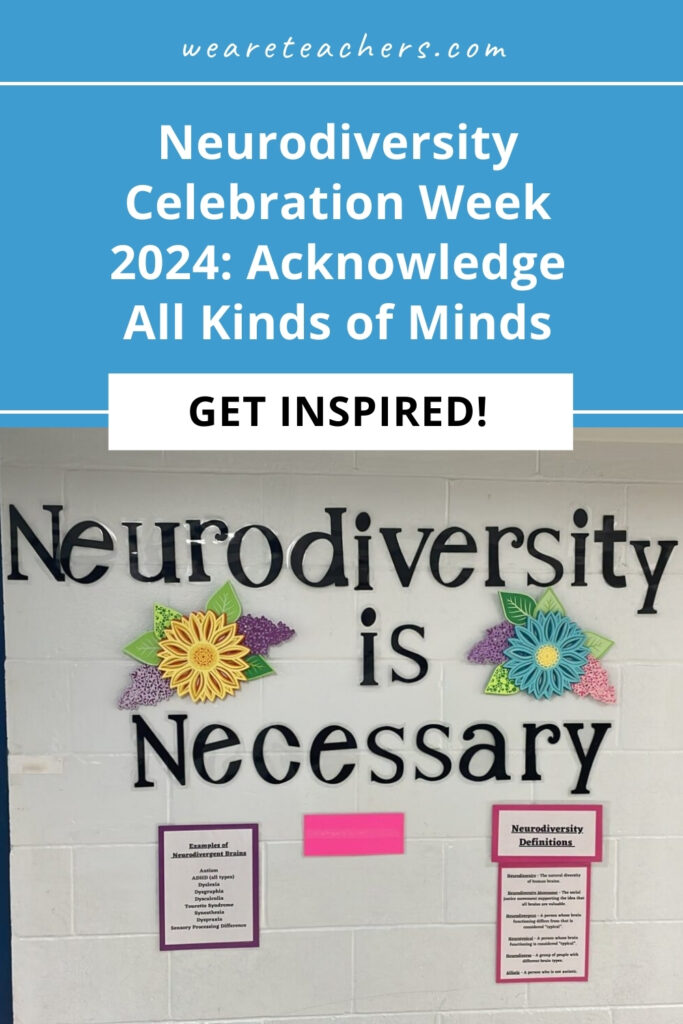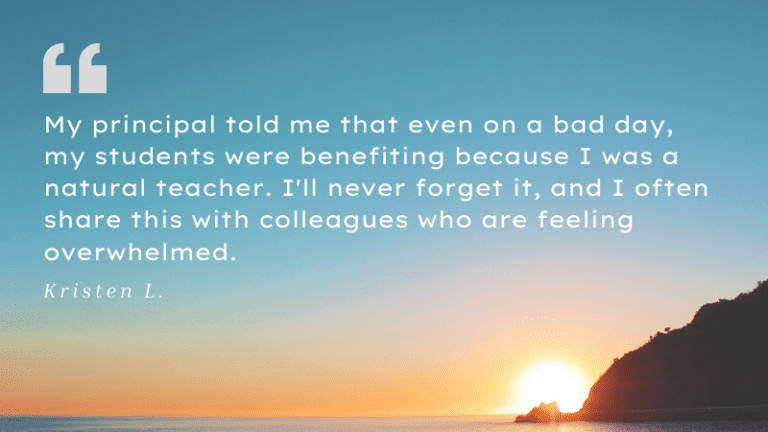Teaching means working with kids who are on the autism spectrum, who have ADHD and other neurological disabilities, and teaching kids who are creative, unique thinkers and make your classroom more interesting. March and April are recognized worldwide as the times to celebrate the minds in your classroom with Neurodiversity Celebration Week and Autism Awareness Month. Here’s everything you need to know about celebrating all kinds of minds.
What is neurodiversity awareness?
Neurodiversity refers to the differences in how our brains work and what that looks like, so it includes everything from having different talents or ways of approaching a problem to people who have ADHD or autism. Neurodiversity should be taught and celebrated in your school.
Neurodiversity includes:
- Autism
- Attention deficit hyperactivity disorder (ADHD)
- Dyslexia
- Dysgraphia
- Obsessive-compulsive disorder (OCD)
- Down syndrome
When do we celebrate neurodiversity awareness?
There are two big neurodiversity awareness events: Neurodiversity Celebration Week, March 18-24, 2024, and Autism Awareness Month in April. You can celebrate one or both.
Read more: Why April Is Autism Acceptance Month, not Autism Awareness Month
11 Ways To Participate in Neurodiversity Celebration Week in 2024
1. Teach kids about their brains
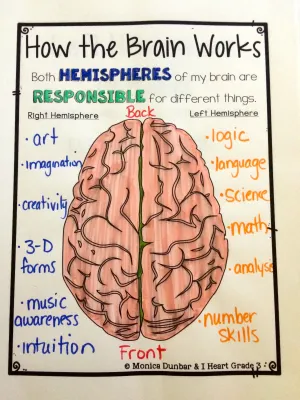
Help kids understand the parts of their brain, what each part of their brain does, and what activities help our brains focus, learn, and grow. Understanding their brains will help students identify how they are unique and how different activities help them, like taking deep breaths to calm down or doing mindful coloring to refocus.
Learn more: How To Talk to Your Students About Neurodiversity at I Heart Grade 3
2. Teach about neurodiversity
Neurodiversity is a complex topic, so having prepared materials can be helpful. Use these free PowerPoint presentations to explain neurodiversity and start the conversation.
Get the presentations at Neurodiversity Celebration Week.
3. Bring in an expert
A local expert who works with children who are neurodiverse—anyone from your school’s special education teacher to a therapist or neurologist are all great guest speakers—can explain neurodiversity in terms your students will understand and engage them in discussion and activities about neurodiversity.
4. Play a roll-and-tell game
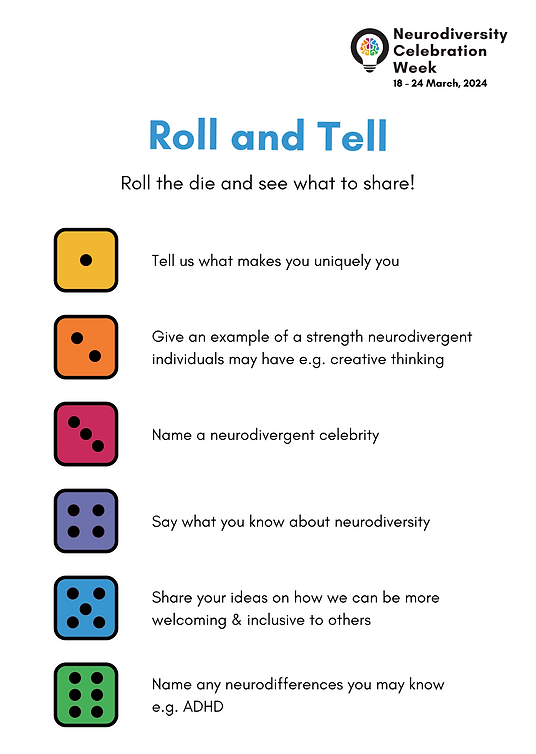
Reinforce diversity, inclusion, and differences with a dice game. Play as a class or in small groups.
Get it: Game sheet at Neurodiversity Celebration Week
Get even more activities at Neurodiversity Celebration Week.
5. Add comic books to the classroom library
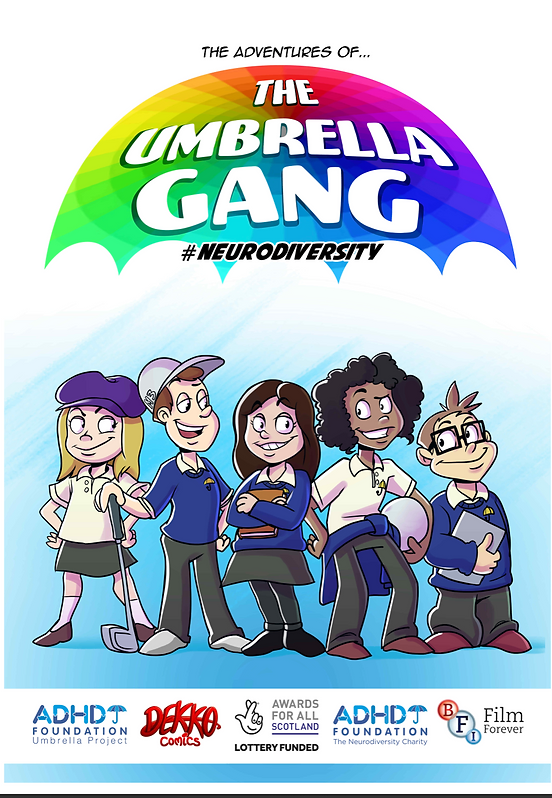
The Umbrella Gang adventure comic books are a way to introduce neurodiversity to students. Add these comic books to your classroom library, or read them with students to engage in deeper discussion about the characters, neurodiversity, and how students connect with the stories.
Get the comic books at Neurodiversity Celebration Week.
6. Create a word cloud

Once students have learned about neurodiversity, have students work as a class or in groups to create word clouds using one of these word cloud generators. Turn your word clouds into a classroom display.
7. Read about neurodiversity
There are so many great books about neurodiversity and with neurodiverse characters, like Aaron Slater, Illustrator by Andrea Beaty (about dyslexia), Up and Adam by Debbie Zapata (about Down syndrome), or Just Ask! Be Different, Be Brave, Be You by Associate Justice of the Supreme Court Sonia Sotomayor.
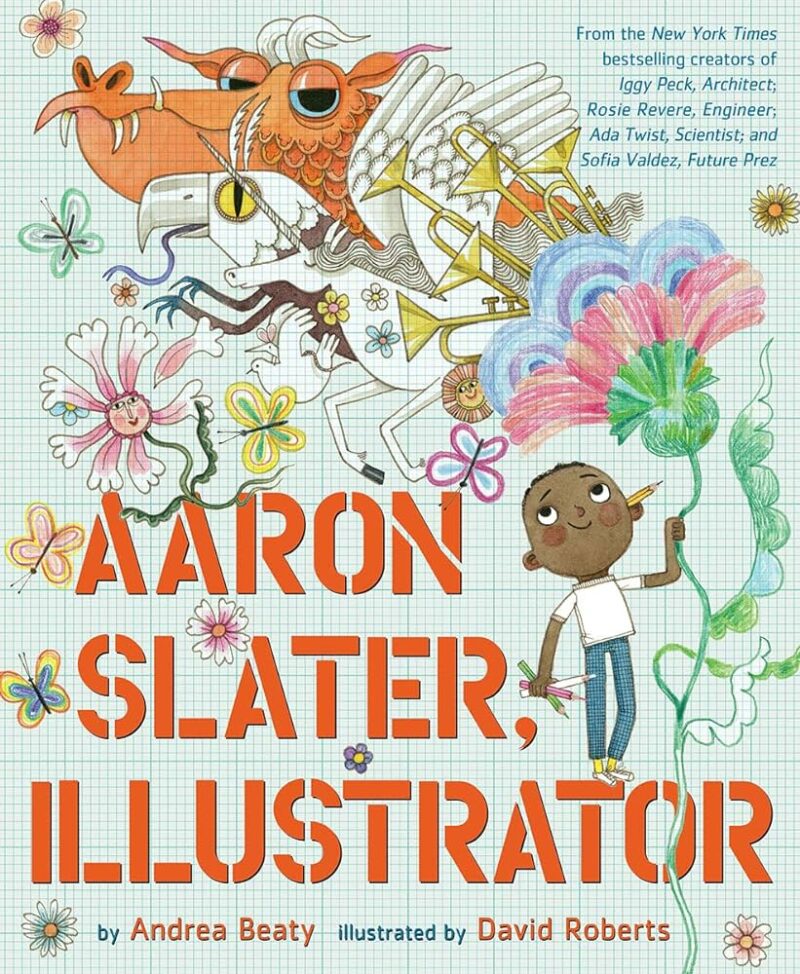
Buy it: Aaron Slater, Illustrator at Amazon

Buy it: Up and Adam at Amazon
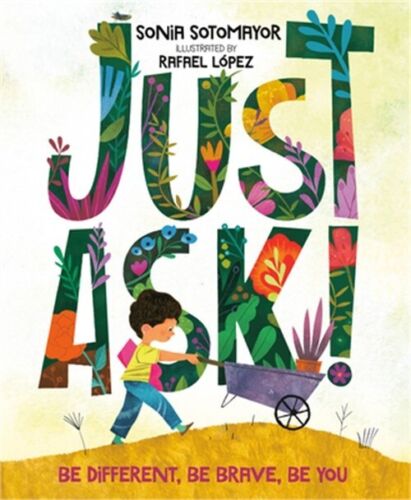
Buy it: Just Ask! at Amazon
Plus check out these books for tweens that celebrate neurodiversity.
8. Create a classroom display

Bulletin boards, banners, or other classroom displays are great ways to educate others about neurodiversity and celebrate the minds that are in your classroom. Below are some of our favorite bulletin boards and posters for inspiration.
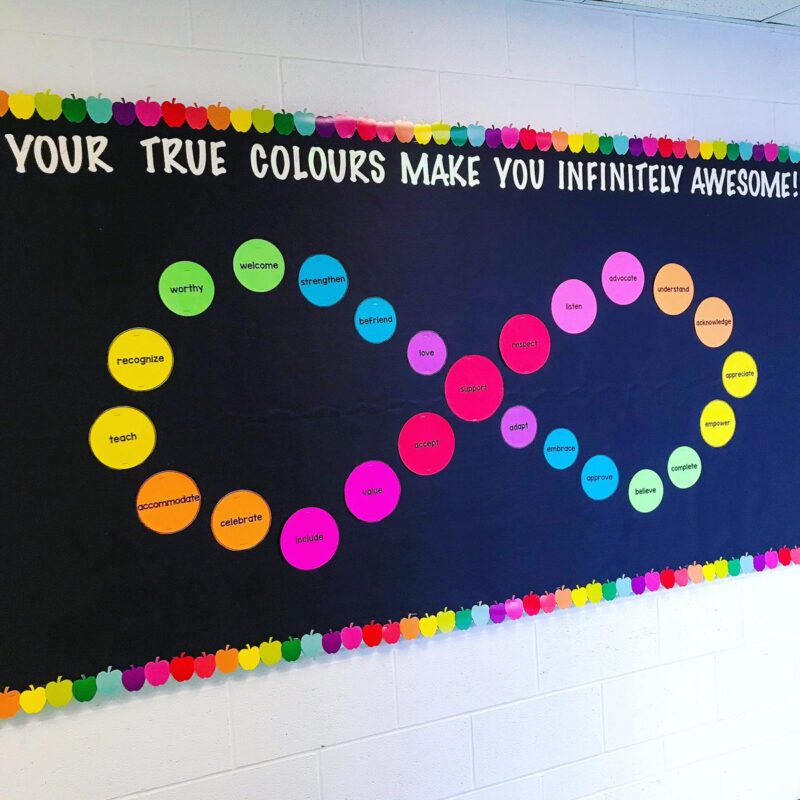
The infinity symbol replaced the puzzle piece as the symbol of autism. It represents the idea that autism is a spectrum with infinite variability and that no two people who have autism are the same. The idea is that we need individualized approaches to support people with autism.
Get an infinity symbol printable at And Next Comes L.

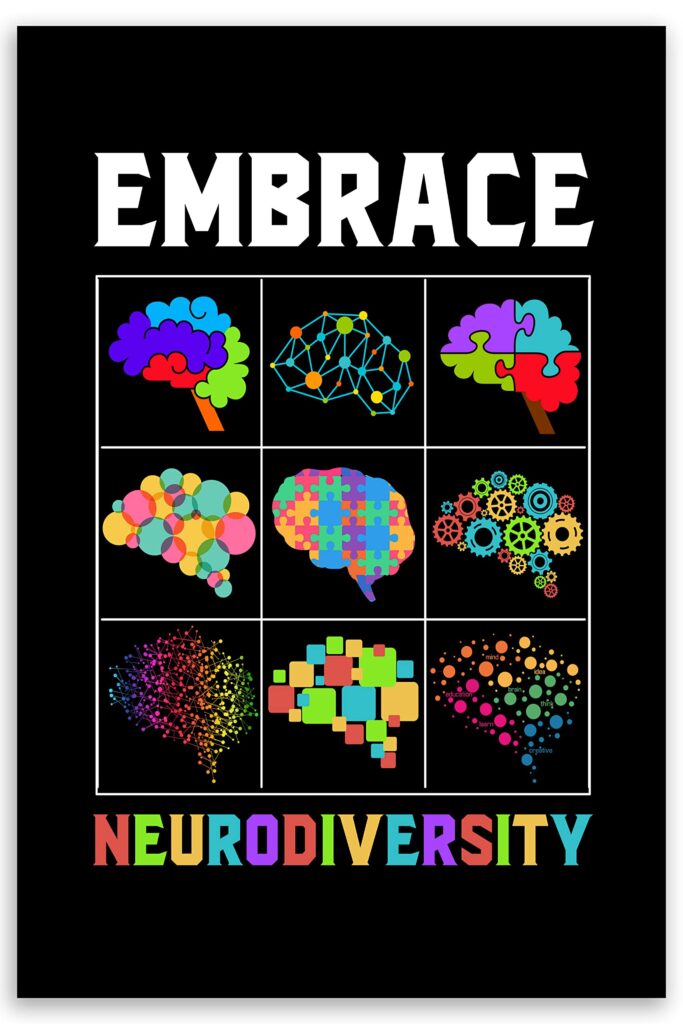
Buy it: Neurodiversity poster at Amazon
9. Watch a video about neurodiversity
Videos are perfect for introducing the topic of neurodiversity to students and for expanding their knowledge once they understand the basics. Use some of our favorite videos below as discussion starters.
A two-part series for kids on neurodiversity
What Is Neurodiversity? Overview in a kid news format
Video about the awareness of differences
10. Neurodiversity biography project

Assign students a biography project to learn about a famous person who has ADHD, autism, dyslexia, or another neurodiversity, or assign them the option of interviewing someone in their life who is neurodiverse. Students can learn about their person’s neurodiversity and what it meant for their life, including their strengths and what they think about their neurodiversity.
Buy it: Temple Grandin biography cube at Teachers Pay Teachers
11. Watch a TED Talk about neurodiversity
TED Talks provide older students with a firsthand account of someone’s experience and insights. Here are three great TED Talks about neurodiversity:
Neurodiversity: The New Normal
The Future Is Neurodivergent
Neurodiversity Is a Superpower Not a Problem
How do you celebrate neurodiversity in your class? Come share your ideas and ask for advice in the We Are Teachers HELPLINE group on Facebook!
Plus, read why language is so important when talking about neurodiversity: Why person-first language and identity matters.
